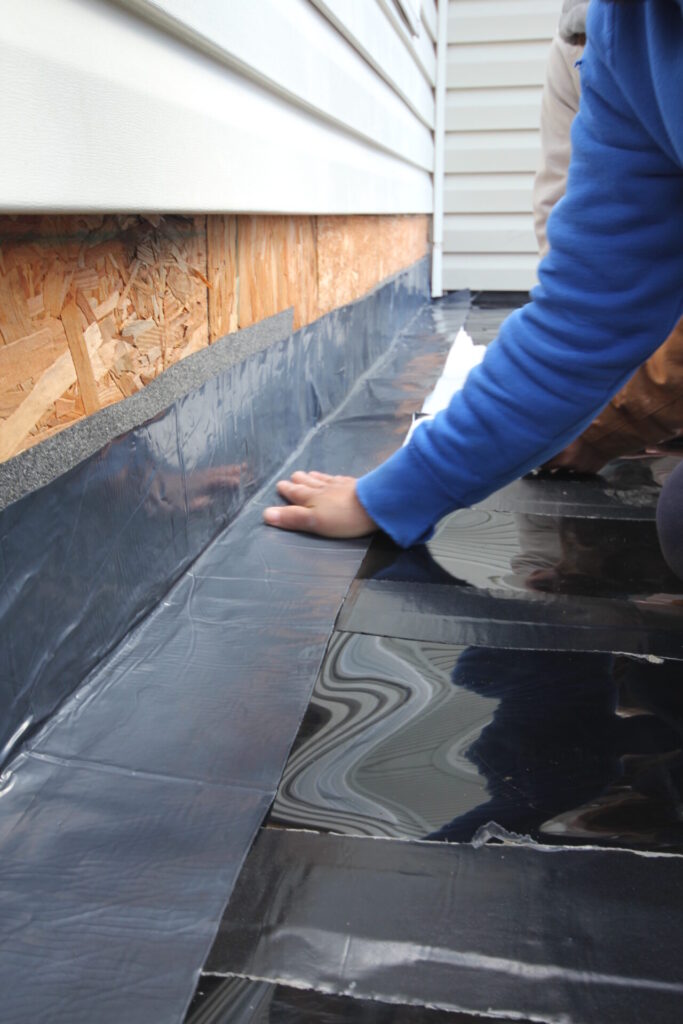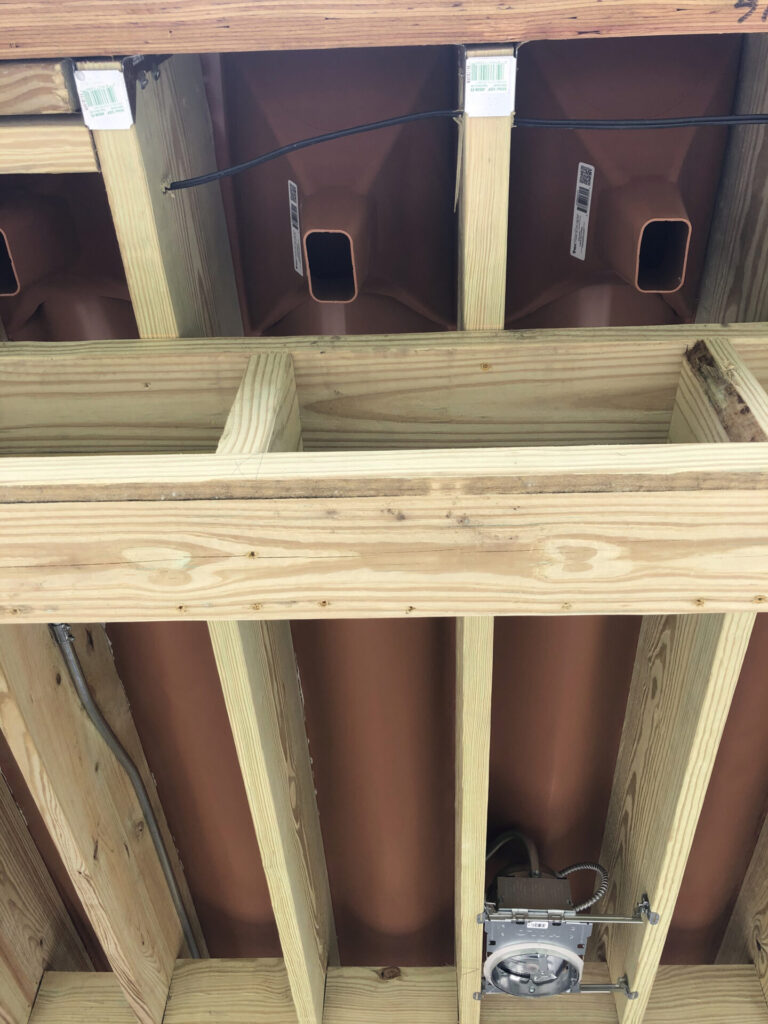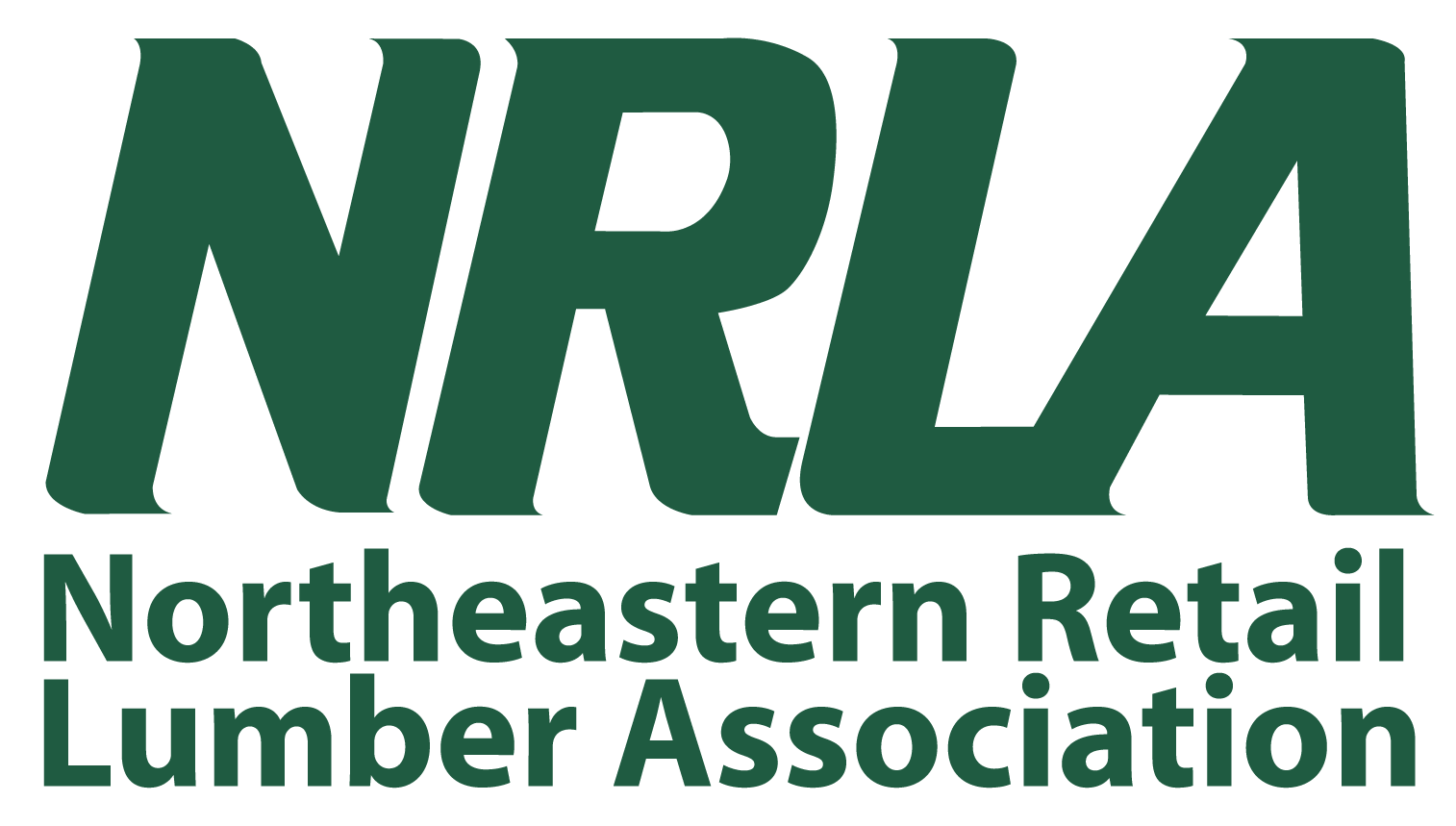Building a beautiful wood deck is an exciting project, but in the midst of design choices and material selection, the long-term impact of water exposure isn’t always top of mind. However, water is the silent enemy of wood decks, leading to warping, rot, and even structural issues that can compromise the safety and enjoyment of outdoor spaces.
By educating your customers about water management and offering effective solutions, you can help them prevent and mitigate water damage, support deck longevity, and enhance their backyard experience. With a proactive approach, you’ll earn loyal customers who value your insights and expertise and their project supplies.


Building a Water-Resistant Wood Deck
Choices made during building and finishing significantly impact a deck’s water resistance. Empower your customers with guidance and information to promote proper drainage and water repellency for their deck projects.
Deck Construction
Effective water management starts with smart deck construction. Reinforcing these best practices enables your customers to build decks that withstand water and maintain their beauty for years to come.
• Flashing: To prevent water intrusion, proper flashing is crucial around the ledger board where it meets the house wall. Likewise, applying flashing tape to the tops of deck joists, beams, and rims protects these critical substructure elements from moisture and rot. Easy-to-install waterproofing tapes provide a simple solution to safeguard the substructure from water penetration.
• Slope: The deck slope should generally be about 1/4 inch per foot to direct water runoff away from the house and toward the deck edge.
• Deck Board Gaps: To allow for water drainage and prevent moisture buildup, the gaps between deck boards should be uniform and sized according to the wood species. Here’s a general guideline: pressure-treated lumber (PTL) 1/8” to 5/16”; cedar and redwood 1/16” to 1/4”; and exotic hardwoods 1/16” to 1/8”. Deck spacers or hidden deck fastener systems that automatically create gaps can help your customers achieve consistent and accurate spacing.
Decking Material
The lumber selected for the deck surface plays a role in its ability to resist water intrusion.
• Pressure-treated lumber (PTL) is an affordable choice for decks with good water resistance, especially with regular sealant applications.
• Rot-resistant species, such as cedar, redwood, and certain tropical hardwoods, offer superior water resistance with an attractive aesthetic. These naturally rot-resistant woods contain oils and other compounds that defend against moisture and decay.

Sealants, Stains, and Oils
Applying a water-repellent finish creates a barrier that minimizes absorption, defending the deck wood against moisture intrusion.
• Sealants create a protective coating on the wood surface, repelling water and preventing dirt and mildew buildup. Sealants are available in various finishes, from transparent to tinted, and require less frequent reapplication. Sealants are a good choice for customers who prioritize minimal maintenance.
• Stains penetrate the wood more deeply than sealants, offering color and a moderate level of water repellency. With a wide range of colors, they can enhance the natural wood grain or camouflage imperfections. Like sealants, they require reapplication over time to maintain effectiveness and color vibrancy.
• Penetrating oils soak into the wood fibers, providing protection from within. They offer a natural look with a subtle sheen and protect the wood by minimizing moisture absorption. Oils usually require more frequent reapplication.
Water Mitigation Strategies for Wood Decks
Even with the best building practices, water exposure is inevitable. These mitigation strategies can be implemented during or after construction to direct water away from your customers’ decks.
Under-Deck Drainage Systems
Under-deck drainage systems effectively collect and divert water away from the underside of the deck. Your customers can enjoy a bonus living, storage, or entertaining area with a dry under-deck space. There are two main system types:
• Undermount Drainage System: Panels are installed under the deck joists to channel water that drips through the decking boards and over the joists into a gutter. In these systems, the joists are still exposed to water. If an under-deck ceiling is subsequently installed, the damp joists receive little ventilation, trapping moisture and heat and accelerating wood decay. Undermount systems are easier to retrofit on existing decks.


• Overmount Drainage System: A waterproof membrane is draped over the joists, creating troughs that funnel water to downspouts and drain into a gutter. Over-the-joist drainage systems completely shield the substructure for unmatched moisture protection. They require joist access, so they are best installed during new construction or deck resurfacing.
Deck Flanges
Deck flanges are flexible rubber or plastic strips installed between the deck boards to channel away water before it reaches the underside of the deck. The flange works with the deck slope to direct water to the edge, where it drips off. They’re less effective with heavier volumes of water and can create “drip lines” in the ground below, however.
Gravel or Drainage Mats
Under deck gravel or drainage mats can be used to manage runoff and reduce moisture buildup, preventing water from pooling around the deck posts and footings and mitigating the risk of rot.
Championing Water Protection for Wood Decks
Water is unquestionably the enemy of wood decks, but by offering water management solutions, you empower your customers to create decks that stand the test of time. This translates to long-term value for your customers and increased sales of water management products for you. Share these water-combating strategies and ensure every deck project you supply becomes a source of lasting beauty and enjoyment, rain or shine.
Dave Kile is the owner of IBP, LLC, the company behind some of the decking industry’s most successful innovations, including Trex RainEscape, Trex Protect and Trex Seal. He can be reached at dave@trexrainescape.com. To learn more, please visit Trex Rainescape, Trex Protect and Trex Seal.







